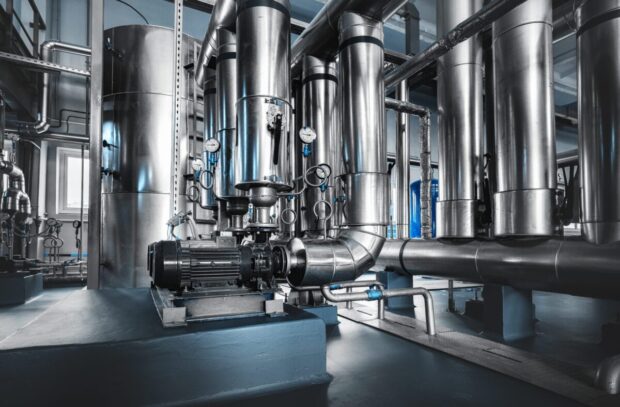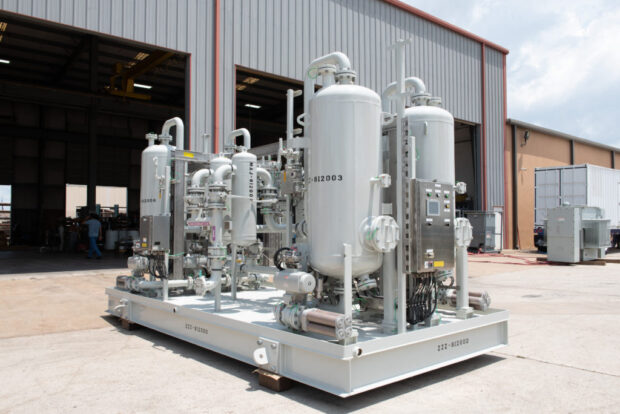In today’s world, energy consumption is a major concern for many households and businesses. Air dryers are among the most frequently used home appliances, but they also consume large amounts of energy to function properly.
Thankfully, some strategies can be implemented to reduce the amount of energy consumed by air dryers, thus cutting costs without sacrificing performance or comfort.
In this article, we will explore different approaches to reducing one’s energy consumption when using an air dryer and discuss how these techniques can help you save money while maintaining a comfortable living space or work environment.
Understanding Energy Consumption in Air Dryers
Understanding Energy Consumption in Air Dryers is key to reducing costs associated with using these devices.
By understanding how air dryers use energy, homeowners and business owners can make informed decisions about the most efficient models for their needs.
When researching different types of air dryers, users should consider the size of the unit as well as its power ratings to determine how much electricity it will consume during operation. It’s also important to look at features such as automatic shut-off, adjustable heat settings, and timer controls that can help reduce energy consumption when properly used.
Additionally, proper maintenance of an air dryer is essential for keeping it running efficiently over time and helping to ensure cost-effective operation.
Factors that Influence the Cost of Operating an Air Dryer

The cost to run a standard electric dryer is typically higher than those powered by natural gas or propane fuel sources due to their increased heating costs. Additionally, the location and climate where an air dryer is used can play a role in its operating cost; for example, if it’s located in an area with high humidity levels or extreme temperatures then more energy will be required to operate it safely and efficiently.
Furthermore, regular maintenance of any air drying system should be performed to ensure that all parts are functioning correctly which could also affect running costs over time.
Implementing Cost-Saving Strategies for Air Drying Systems
In the industrial setting, air drying systems are employed to remove moisture from a variety of products. While these machines can be expensive to operate, there are several strategies that businesses can employ to reduce energy consumption and save money. First and foremost, implementing an efficient maintenance program is essential for keeping air drying systems running efficiently.
Regularly maintaining filters, seals and other parts helps prevent excessive energy usage due to clogs or worn components. Additionally, upgrading older models with newer technologies such as variable frequency drives (VFDs) can significantly improve efficiency levels as well. VFDs allow users to adjust fan speeds depending on operational needs while still providing enough power for optimal performance.
Another method for saving costs associated with air dryers is by utilizing heat recovery techniques when possible. Heat recovery involves capturing excess hot air generated by the system during operation and using it elsewhere within the facility instead of exhausting it outdoors completely wasted.. This not only reduces the amount of energy needed for heating but also improves indoor comfort levels since hot exhaust from dryers no longer has to enter living spaces directly.
Moreover, some advanced dryer models come equipped with heat pumps that use outside ambient temperatures combined with collected exhaust heat to further reduce total energy usage even more effectively than traditional methods alone could ever manage! Finally, installing temperature sensors in sensitive areas such as near-finished goods or raw materials can help ensure that processes run at their most efficient settings without wasting electricity unnecessarily trying to achieve higher temperatures than necessary for production purposes.
By combining all these strategies into one comprehensive plan businesses will find themselves able to reap significant savings over time through reduced operating costs associated with their air-drying systems!
Best Practices for Reducing Operational Costs with an Air Drying System
When it comes to reducing operational costs with air drying systems, there are a few best practices that can help maximize energy efficiency and cost savings. The first thing businesses should consider is investing in an efficient air dryer. Modern models are much more efficient than older ones, utilizing smart sensors to adjust the speed of the fan motor depending on how wet or dry clothes need to be.
Additionally, businesses should look into ways to reduce energy usage during times of low demand by scheduling their machines for off-peak hours when possible. Additionally, installing insulation around the machine can help keep hot air from escaping and wasting energy. Furthermore, using appropriate chemicals like fabric softeners or detergents can help minimize friction between fabrics and improve airflow within the system which leads to quicker drying times and less wasted energy.
Finally, regular maintenance is key as dirty filters restrict airflow leading to inefficient performance from your machine over time. By following these best practices regularly you will not only save money but also extend the life of your equipment while minimizing environmental impact due to lower carbon emissions associated with running an efficient operation
Conclusion
Air dryers are an important tool for many businesses, but their energy use can be costly. Fortunately, there are several strategies to reduce energy consumption and costs associated with air drying.
By investing in more efficient models, reducing usage time, scheduling regular maintenance checks, and using renewable sources of energy where possible, companies can significantly reduce their air drying costs while still achieving the desired results.





